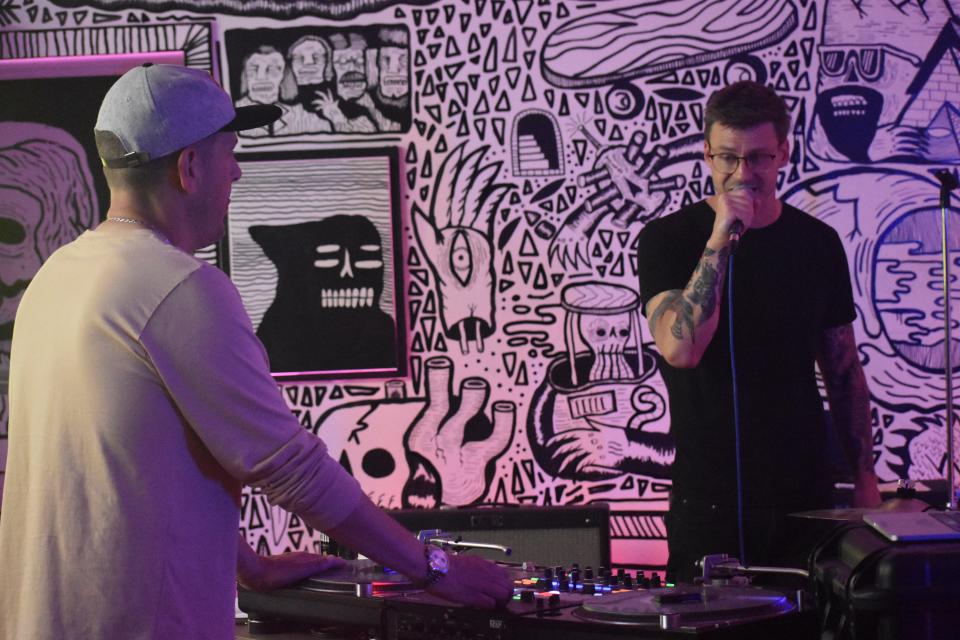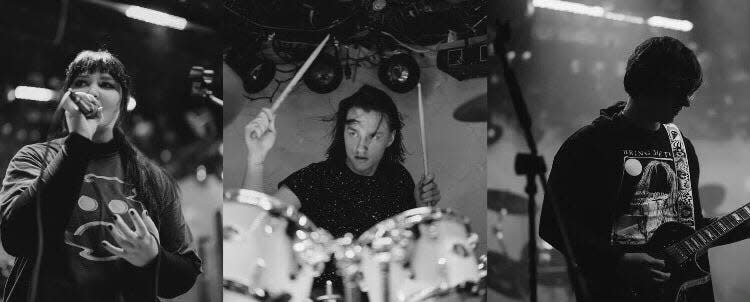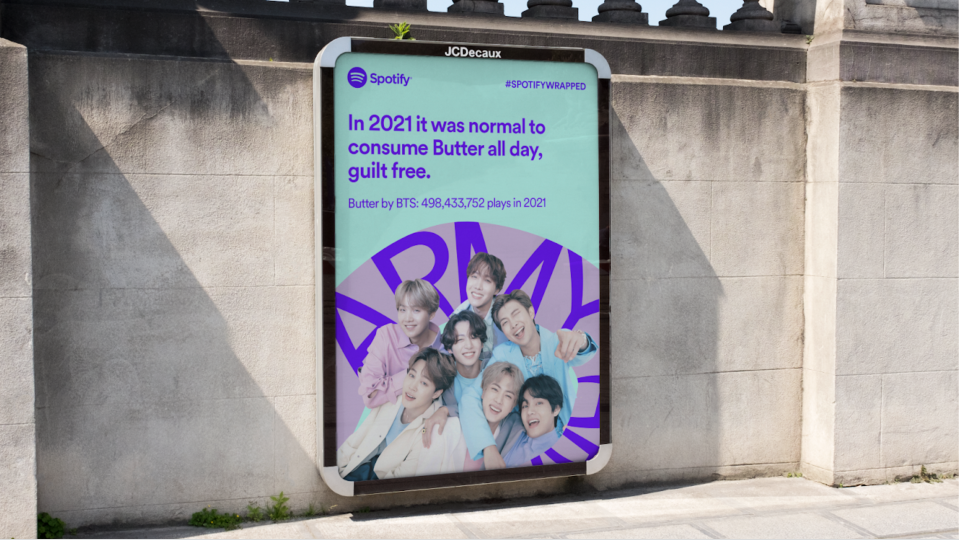How Sioux Falls musicians struggle to find success through Spotify
A “starving artist” cliché might get new connotations in the digital age. In the era of streaming platforms that came to replace CDs, making a living as a full-time musician has become even harder in South Dakota.
More than 400,000 streams per week are needed to make a living off Spotify, counted Pirate, a provider of rehearsal and recording facilities for the artists. But South Dakota sits fifth after Mississippi, Arkansas, West Virginia, and Oklahoma for the lowest number of views on Spotify needed to make an average weekly wage.
Across the nation, according to the U.S. Bureau of Labor Statistics, Mississippi needs the fewest streams (291,000 per week) to match the state average weekly wage of $933, and Washington comes with the most streams needed (517,000 a week) to match the average weekly income of $1,657.
“Nationally, the average wage across the US is $1,334 per week, which translates to 416,875 streams per week,” reads the survey.

In the Mount Rushmore State, 328,000 weekly Spotify views are needed to earn an average weekly wage of $1,052, Pirate stated.
A few of Sioux Falls’ musicians said they do not get remotely as many weekly views on Spotify. As in many career fields, the challenges are tending to hit the newbies the hardest.
Members of Sioux Falls alternative rock band Introverse, which started in 2022, said they have 25 monthly listeners, and a lot of their songs have about 18 streams and eight listeners. Another new Sioux Falls rock band, Shock Value, recently reached more than 1,000 views with their song “Rockstar.”
More: Meet Introverse: an alternative rock band bringing its new sound to Sioux Falls in July
“Unless you’re at a certain level, relying on streaming alone isn’t realistic,” said Wes Eisenhauer, from Sioux Falls hip hop band Soulcrate, which has been around since the beginning of 2000s.
Even for these patriarchs of the Sioux Falls music scene, the streaming service royalties are only one component of how musicians make their money supplementing touring, shows, merch, records and Patreon.
More: Sioux Falls rock band Shock Value prepares to release its first album
Based on industry estimates provided by Pirate, an artist earns an average of $0.0032 per stream on the platform. That equates to 15 to almost 17 million streams per year to earn an average annual salary depending on the state.
South Dakota full-time musician Denham McDermott said most musicians make most of their money out of their live performances. For him, less than 3% of his income comes from Spotify, McDermott said.

Jeremy Schaeffer, from South Dakota metalcore band Earth Groans, said they have a contract with a record label company, and according to their contract they are entitled for 18% of the streaming profit after the record label expenses for the band are recuperated.
More: Soulcrate resumes 'where we left off' in reunion at That Sounds Decent festival
“Once you sign the label, you are never going to see any money from your music,” said Schaeffer. “Maybe years and years down that road after the label has recouped everything they have invested into you.”
He explained that his record label works as an interest free bank account for the musicians that invests into their torus and recordings and recuperates that loan through the profit the artists make and shares the profit with the artists.
“Even after the expenses are recouped, it would be extremely hard for us to make any kind of living,” Schaeffer said. “We’ve been a band for seven or eight years, and we’ve never seen a royalty check.”
To supplement their salaries, musicians engage in different side enterprises along the way. Schaeffer, for instance, owns a rental property and runs All Poetic Audio recording studio.
“The payouts on Spotify are very-very skewed in the company’s favor,” said Corey Church, founder of Nice Enough Entertainment.
Spotify representatives in a statement to the Argus Leader after publication of this piece, however, pointed out that the company pays out nearly 70% of every dollar it generates from music back as royalties to rights holders, who then pay the artists and songwriters, based on the agreed terms.
Church said despite the seemingly lower number of views needed to make an income on Spotify in South Dakota in comparison to other states, he does not know “too many musicians at all that can rely on Spotify to make any sort of substantial income.”

For example, the cost of a $20 T-shirt sold at a concert will be equivalent to around 6,000 views on Spotify, if we use the $0.0032 per view money value suggested by Pirate.
“It’s a thing where you're grossly underpaid as a musician on these platforms,” Church said.
At the same time, Spotify has largely become a tool to increase outreach, a way to be heard across the country, or even across the world, and to grow audiences.
“That’s really a double-edged sword,” Church said. “There is no real money in Spotify for a band.”
Spotify PR representatives wouldn't talk on record prior to publication of this piece referred the Argus Leader to the website Lound and Clear that states in 2017, the 50,000th highest-earning artist generated $2,840 on Spotify. In 2022, that figure was four times as much and amounted to $12,584. According to the Loud and Clear website, about 9 million people uploaded any music to Spotify in total; 213,000 artists released at least 10 songs; and 189,000 artists have at least one ticketed concert or event.
On the same website, it can also be verified that 400,000 all time streams would be in the top 1,730,000 tracks on Spotify. According to Spotify data, currently about 100 million tracks are uploaded on Spotify.
Clarification: After the story published, Spotify representatives reached out to provide additional information about how much it pays out to artists in royalties. The story has been updated to reflect this change.
This article originally appeared on Sioux Falls Argus Leader: How Sioux Falls musicians struggle to find success through Spotify

